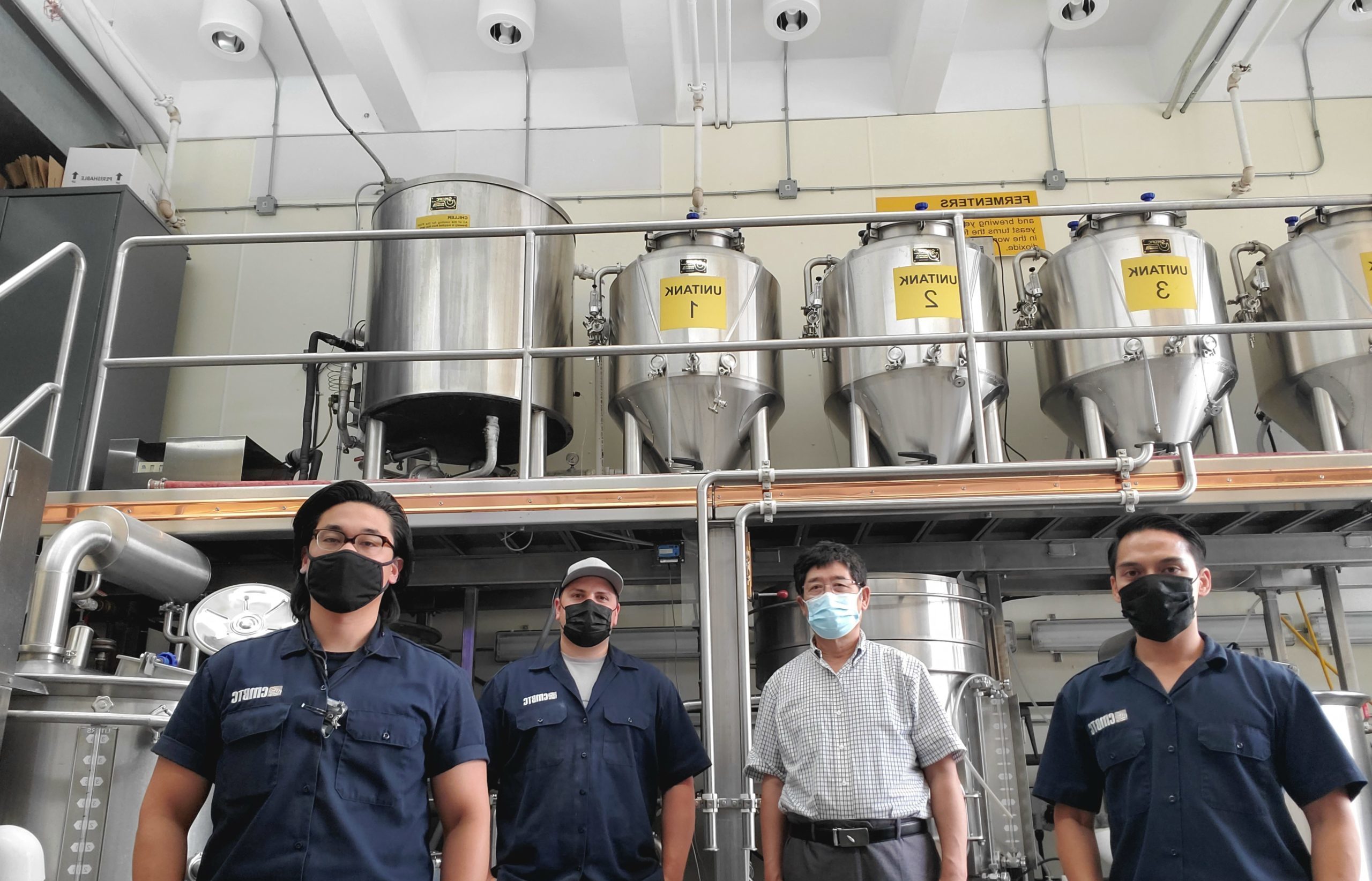By Meghan Howes, Contributing Writer for RadCraft

Located at the longitudinal center of North America, in Winnipeg, Manitoba, the Canadian Malting Barley Technical Center (CMBTC) opened in 2000 with Yueshu Li serving as director. “I was the first employee,” Li said with a chuckle. Since then, the Centre has worked with breeders, farmers, seed companies, exporters/importers, maltsters, and brewers worldwide, including Europe, Israel, Latin America, and SE Asia. “We work with anyone who wants to know how to make their malt better,” said Li.
Opportunities for craft maltsters increased exponentially as the craft beer sector boomed. Brewers wanted to work with different and unique ingredients, and they wanted to learn as much as they could about the source of those ingredients. “Hyperlocal” entered the popular vernacular and stuck.
Quite a few people contacted the CMBTC because they sought that deep dive into malting. “We said okay, that’s fine,” said Li, “because we try to emphasize not only lectures but the opportunity to touch the barley and malt.” From day one, the lab included the equipment needed for participants to study the process of malting within the “barley to beer” life cycle.
“There are two types of people who come to our training program,” Li continues. “One group is interested in starting their own malting operation – either they want to be a maltster themselves or manage an operation. The other group is usually employed by a brewery.” Participants often bring barley or malt samples to be analyzed by the Centre, and brewers hoping to open their own shops get support beyond the initial training.
“For anyone participating in our program,” said Li, “we offer free consultation to assist with their start-up. We keep communication open to them. We’re very customer-service focused.”
The malt testing lab is at the heart of the Centre. “Most large companies have their own,” said Li. “They provide third-party services. We are different because our organization is a non-profit, and we try to be very neutral in our analysis.”
With most third-party analyses, the report is simply a few numbers. The CMBTC is different because the team analyzes a sample then offers suggestions as to why a farmer’s barley malt grew the way it did. “We provide a greater explanation,” said Li. “It’s a lab but it’s also very user-oriented.”
2020 was a banner year for barley, and Canada produced close to one million metric tons of it. Unfortunately, meeting that number again in 2021 isn’t looking promising, and growers and maltsters are having tough conversations about meeting demand when supplies are dwindling.
“For production, we’re facing some huge challenges,” said Li. “Since barley has been influenced by the drought – hotter weather increases the protein content in the kernel — the availability of quality barley is less. This is creating real challenges for malting companies.” In the face of such grim yields, growers can rest assured that eight knowledgeable individuals in a Manitoba malt testing lab are tackling these challenges in real-time.
Visit CMBTC’s website to learn more about the training and services they offer.



You must be logged in to post a comment.